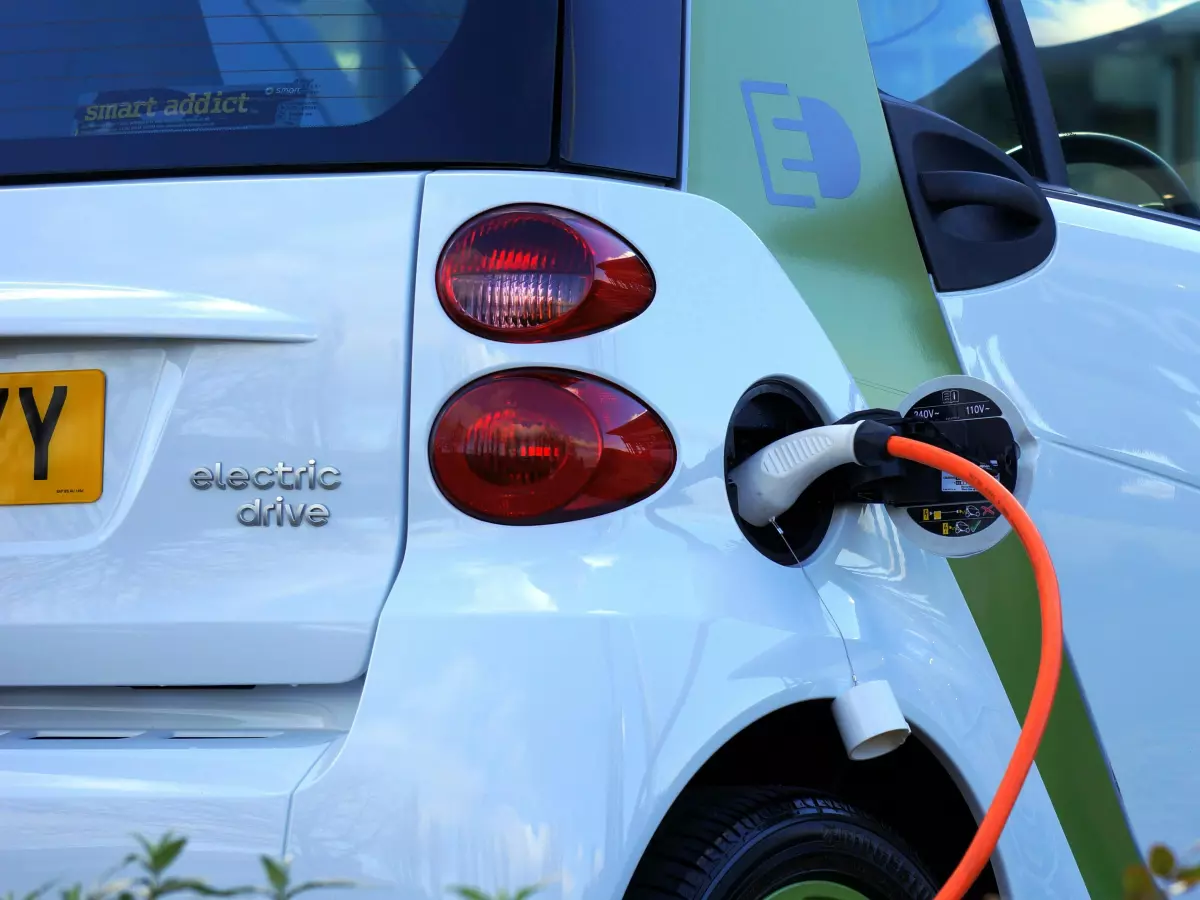Keeping It Cool
Imagine cruising down the highway in your sleek electric vehicle, the wind in your hair, the hum of the motor barely audible. But beneath your feet, something crucial is happening—your EV's battery is working overtime, and without the right cooling system, it could overheat, degrade, or even fail. Yep, there's a whole world of tech under the hood that most of us never think about.

By Mia Johnson
When we talk about electric vehicles (EVs), most of the buzz is around battery capacity, charging times, or software updates. But there's a silent hero in the EV world that doesn't get nearly enough attention: the battery cooling system. This unsung piece of tech is what keeps your EV running smoothly, ensuring that your battery doesn’t fry itself into oblivion. Let’s dive deep into the world of EV battery cooling systems and why they’re absolutely essential for your ride.
Why Cooling Matters
First off, let’s get one thing straight: EV batteries get hot. Like, really hot. When you’re driving, charging, or even just sitting in traffic, your battery is constantly generating heat. And while a little warmth is fine, too much heat can lead to some serious issues. We’re talking about reduced battery life, lower performance, and in extreme cases, even thermal runaway—basically, a fancy term for ‘your battery catching fire.’
According to experts, the ideal operating temperature for most EV batteries is between 20°C and 40°C (68°F to 104°F). Anything above or below that range can cause the battery to degrade faster. And since replacing an EV battery can cost thousands of dollars, keeping it cool is a pretty big deal.
Types of Cooling Systems
So, how do EVs keep their batteries cool? There are a few different methods, and each has its pros and cons. Let’s break them down:
- Air Cooling: This is the simplest and cheapest method. Some EVs use fans to blow air over the battery pack, helping to dissipate heat. It’s not the most efficient system, but it works for smaller, less powerful batteries. The downside? It’s not great for high-performance EVs or in hot climates.
- Liquid Cooling: This is the gold standard for most modern EVs. Liquid cooling systems circulate coolant (usually a mix of water and glycol) around the battery pack, absorbing heat and carrying it away. This method is much more effective than air cooling, especially for high-performance vehicles or in extreme temperatures. However, it’s also more expensive and complex to maintain.
- Phase-Change Materials (PCM): This is some next-level stuff. PCMs are materials that absorb heat by changing from solid to liquid. They can be integrated into the battery pack itself, providing passive cooling without the need for fans or pumps. While still in the experimental phase for most EVs, PCMs could be the future of battery cooling tech.
Software Plays a Role Too
It’s not just about hardware—software plays a huge role in keeping your EV’s battery cool. Modern EVs come equipped with sophisticated thermal management systems that monitor the battery’s temperature in real-time. If things start to get too hot, the system can adjust the cooling mechanism, limit power output, or even slow down charging speeds to prevent overheating.
Some EVs even use pre-conditioning, where the software cools the battery before you start driving or charging. This is especially useful in extreme weather conditions, ensuring that your battery is always operating within its optimal temperature range.
Charging and Cooling: A Delicate Balance
Here’s where things get tricky. Fast charging is awesome—it lets you juice up your EV in a fraction of the time compared to standard charging. But all that power flowing into your battery generates a ton of heat. Without proper cooling, fast charging can significantly degrade your battery over time.
That’s why most EV manufacturers limit fast charging speeds when the battery is too hot. Some even use liquid cooling systems specifically designed to handle the extra heat generated during fast charging. So, while you might be tempted to always use the fastest charger available, just remember: your battery’s cooling system is working overtime to keep things from overheating.
The Future of EV Cooling Tech
As EVs become more powerful and battery capacities increase, the need for advanced cooling systems will only grow. We’re already seeing some exciting developments in this space, from more efficient liquid cooling systems to the integration of PCMs. And who knows? Maybe in the not-so-distant future, we’ll see EVs with self-cooling batteries that don’t need any external systems at all.
One thing’s for sure: as EV technology continues to evolve, battery cooling systems will play an increasingly important role in ensuring that our electric rides are not only fast and efficient but also safe and long-lasting.
So, next time you’re behind the wheel of your EV, remember: it’s not just about the battery—it’s about keeping it cool.





